
Get news, updates, & event Info delivered right to your inbox:
Deforestation is a major environmental issue: between 2015 and 2020, the rate of deforestation was an approximately 10 million hectares per year. And although that rate of loss has slowed over the last 30 years, according to The State of the World’s Forests 2022 report it hasn’t decreased enough. Over 420 million hectares of forest have been lost since 1990.
Of that, around 80 million acres were ecologically important primary forests. Another 100 million acres of forest are directly threatened by forest fires, pests, diseases, invasive species, drought, and extreme weather events. Many of these snowballing threats are driven and/or amplified by climate change.
Yes, it’s a lot to take in. But don’t be disheartened, be informed!
What Are The Main Causes Of Deforestation?
While reforestation is our primary mission, we recognize that conservation is equally as — if not even more — important. But to protect forests, we first need to understand what their biggest threats are.
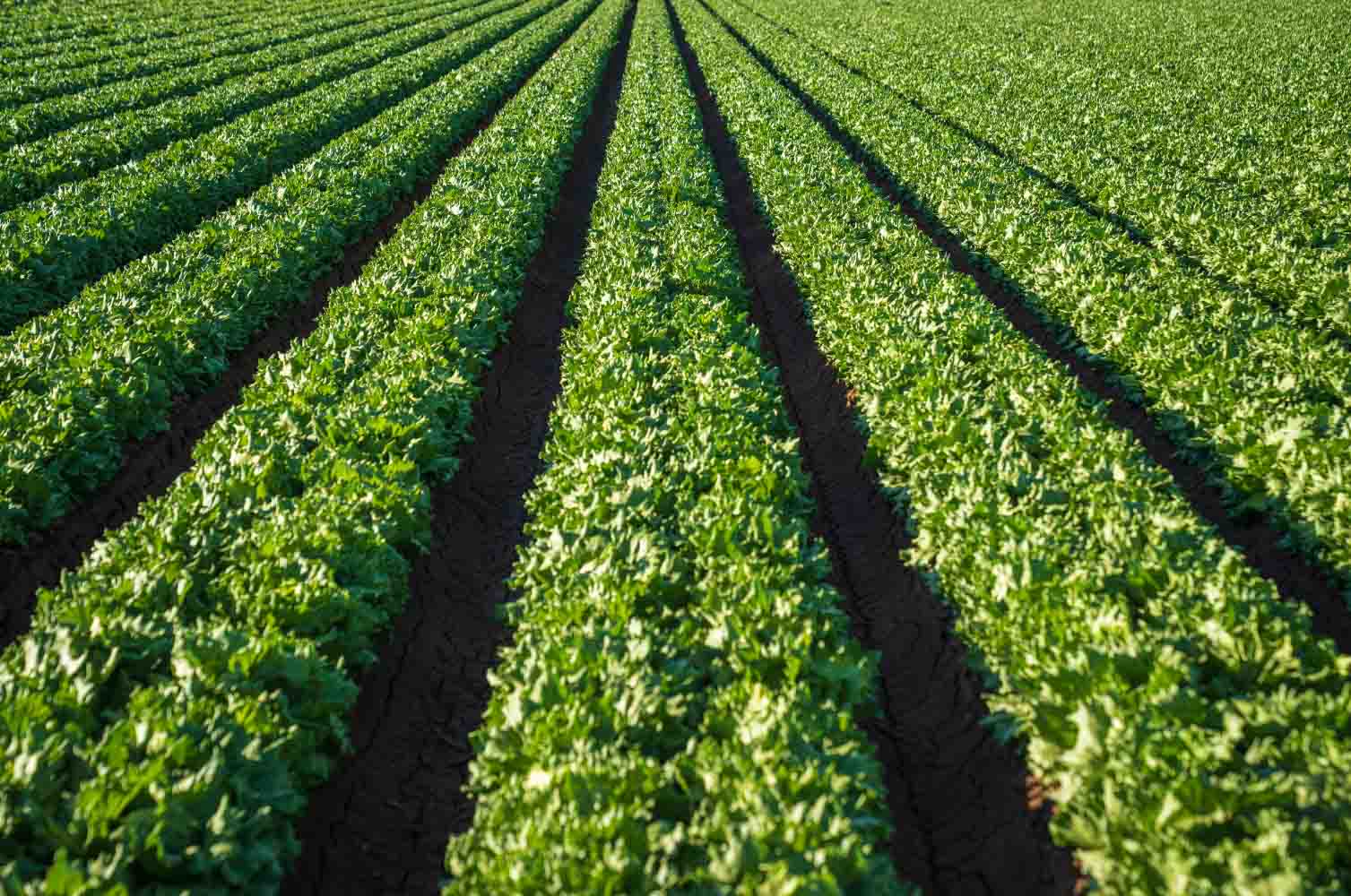
1. Industrial Agriculture
Look no further than your dinner plate, because industrial agriculture accounts for around 85% of global deforestation. While this can mostly be attributed to meat production (particularly beef), large-scale soy and palm oil plantations follow closely behind as causes for deforestation.
But before you shun the tofu, let’s take a closer look: meat producers clear vast swaths of forest to graze their livestock, and around 80% of all soybeans grown go directly to feed for cattle, poultry, and pigs. And palm oil, a ingredient that’s nearly ubiquitous in processed foods, is a major contributor to deforestation in countries like Indonesia and Malaysia.
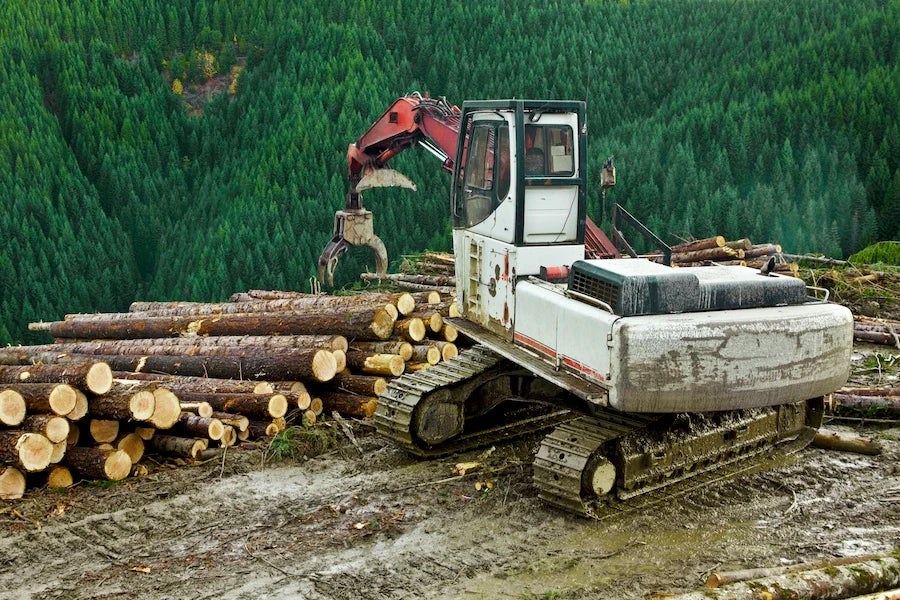
2. Timber Logging
A staggering number of trees are cut every year to meet the incredible global demand for wood and wood products. Another 25% of forest is degraded for fuelwood and charcoal. Still more forests are being converted into tree plantations to be harvested for this market.
In fact, a 2023 study conducted by World Resources Institute and published in the journal Nature found that a predicted 54% increase in global timber harvests to meet this growing demand could produce more than 10% of total global carbon emissions over the next few decades.
From clear cuts to massive logging roads opening access to previously untouched areas, these degraded forests are much more vulnerable to conversion to other land uses like mining, agriculture, and settlement.
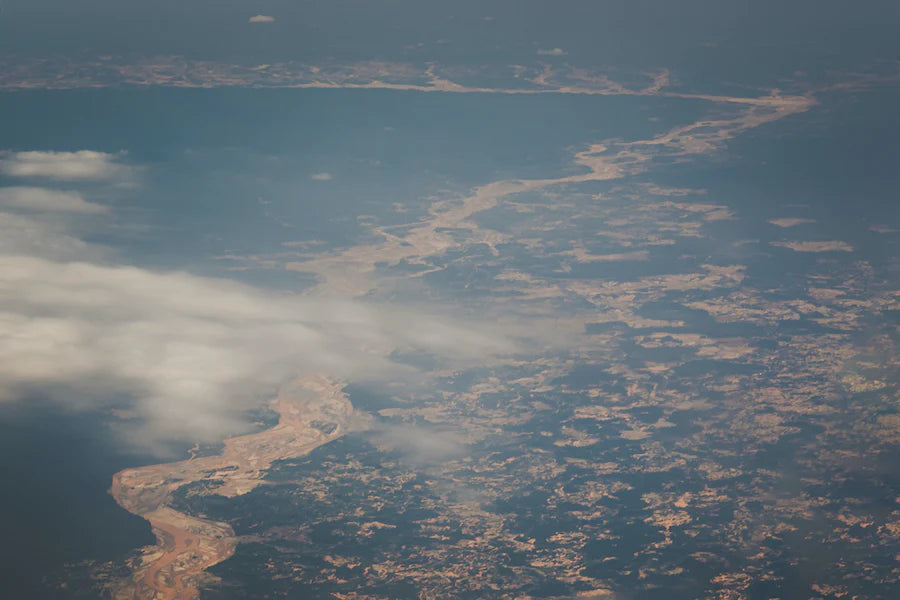
3. Mining
Thanks to an ever-increasing demand for minerals, mining in tropical forests is on the rise. Mineral extraction has doubled since the turn of the century, increasingly impacting tropical rainforests and protected areas in places like the Amazon and Cerrado.
Overwhelmingly, mining-related deforestation can be attributed to just two commodities: gold and coal. Together, a recent study found that they resulted in approximately 6,877 square km of forest loss over the last two decades. Other minerals that significantly contribute to deforestation include bauxite, iron ore and copper.
And because large-scale mining is an intensive, industrial undertaking, it necessitates the development of significant infrastructure, which only amplifies ecosystem degradation.

4. Expansion and Infrastructure
As human population levels increase, large swaths of forest get cleared to make way for the expansion of cities and settlements. Between 2001-2022, the World Resource Institute reported that approximately four million hectares of tree cover loss could be attributed to urbanization — or, the permanent conversion of forests into human settlements.
And with this urbanization comes even more land use changes to support the needs of growing communities. These include increased sprawl and building construction, waste management for household and industrial waste and sewage, laying of impervious surfaces for roads and highways, development of energy facilities such as power plants and electrical grids, and much more.
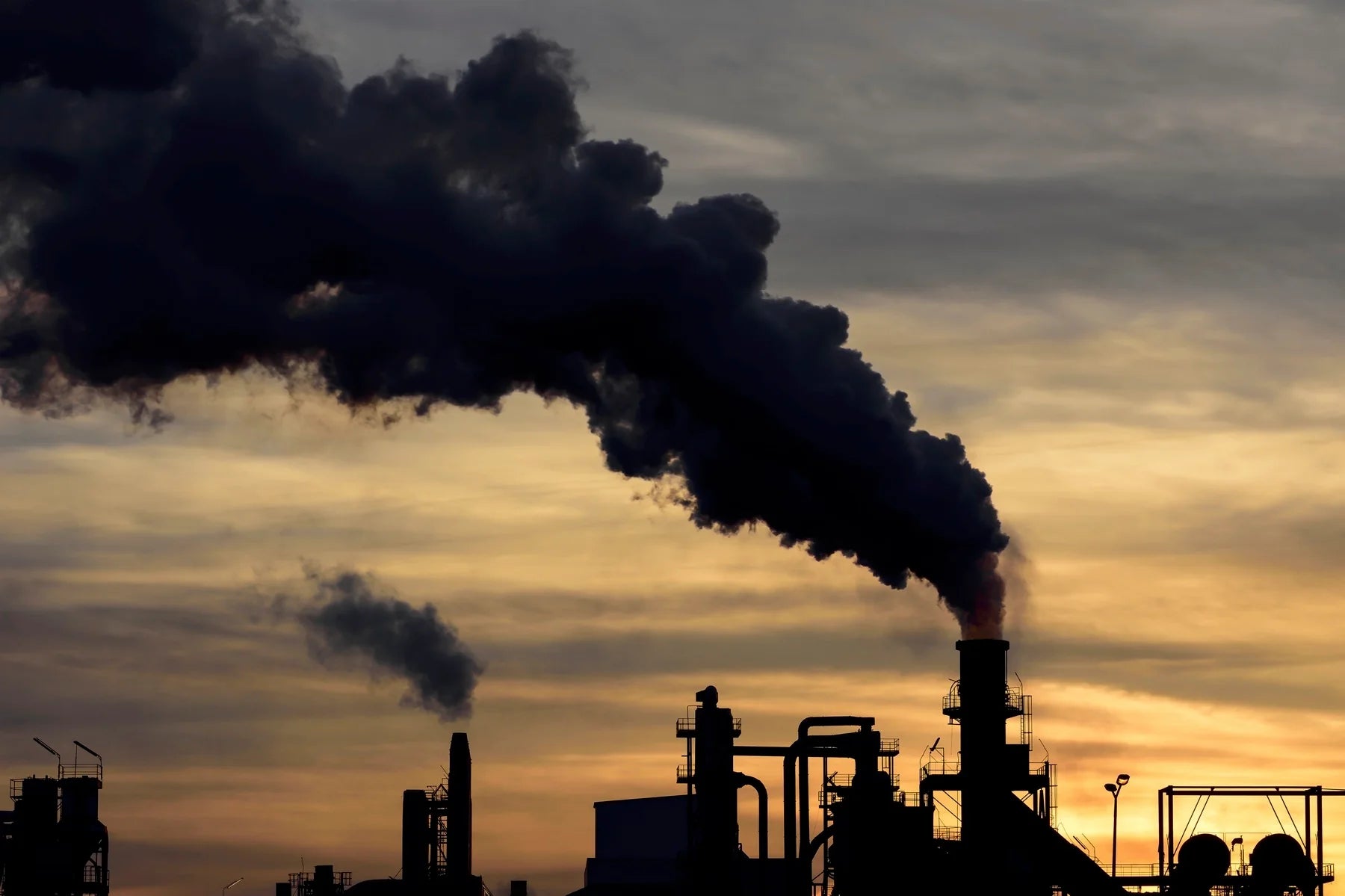
5. Climate Change
Climate change is a leading cause of deforestation. Extreme weather events like wildfires (which caused 95 million hectares of forest cover loss between 2001-2022), droughts, and storm surges destroy millions of hectares of forest every year — and their intensity is only increasing with global warming.
But the trouble doesn’t end there: after extreme weather events, deforested or degraded areas are highly susceptible to pests, diseases, and invasive species. This in turn can threaten healthy forests nearby.
How To Stop Deforestation
The good news is that there are many ways we can work to reduce deforestation. Here are just a few:
- Decouple economic growth fromdeforestation by urging corporations to reconfigure their supply chains and adopt strict “zero deforestation” policies.
- Urge our governments to implement sustainable land use policies and to pass laws that forbid the sale of products linked to deforestation.
- Invest in civil advocacy campaignsin Brazil and other South American countries that are working to implement and expand Cattle Moratoriums, which would lessen the political pressure on rainforest ecosystems.
- Support campaigns that protect indigenous rights — because indigenous people and other local forest communities are on the front lines of the battle to protect the forests they call home.
- Vote with our wallets by only purchasing FSC certified wood, sustainable palm oil, Rainforest-Alliance certified chocolate, and organic, locally produced meats and soy products.
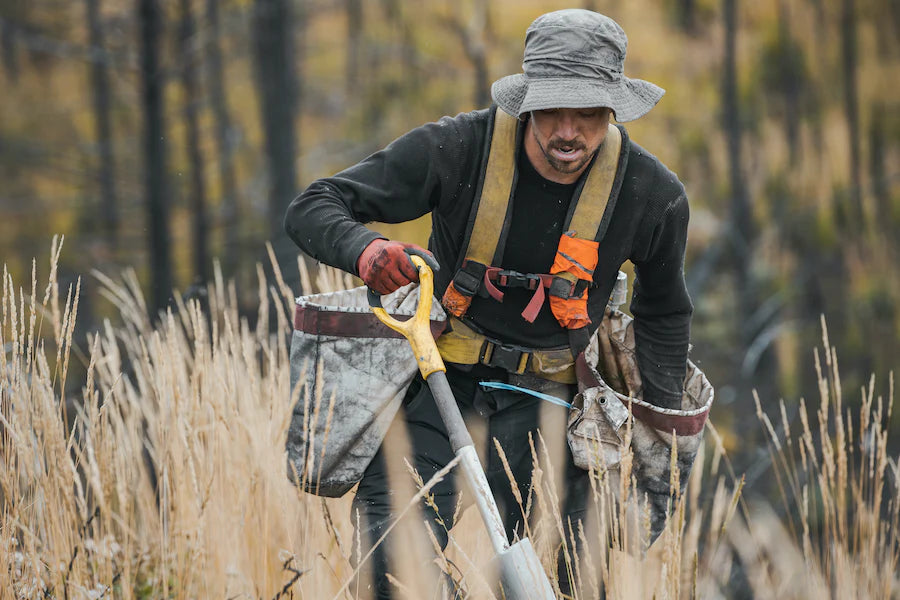
And finally, reforestation — or, planting trees in areas that have been degraded or deforested, helps the environment by guaranteeing or accelerating the re-establishment of healthy forest cover.
While the secondary forests established today will not be able to sequester as much carbon as the primary forests that once stood in their place, trees can absorb as much as 1/3 of what’s currently in our atmosphere.
And planting trees is about so much more than atmospheric carbon removal. Reforestation can also protect biodiversity, stabilize the soil, support the water cycle, and slowly restore the vital ecosystem services that we all depend on. So let’s get to it — plant a tree with us today!
